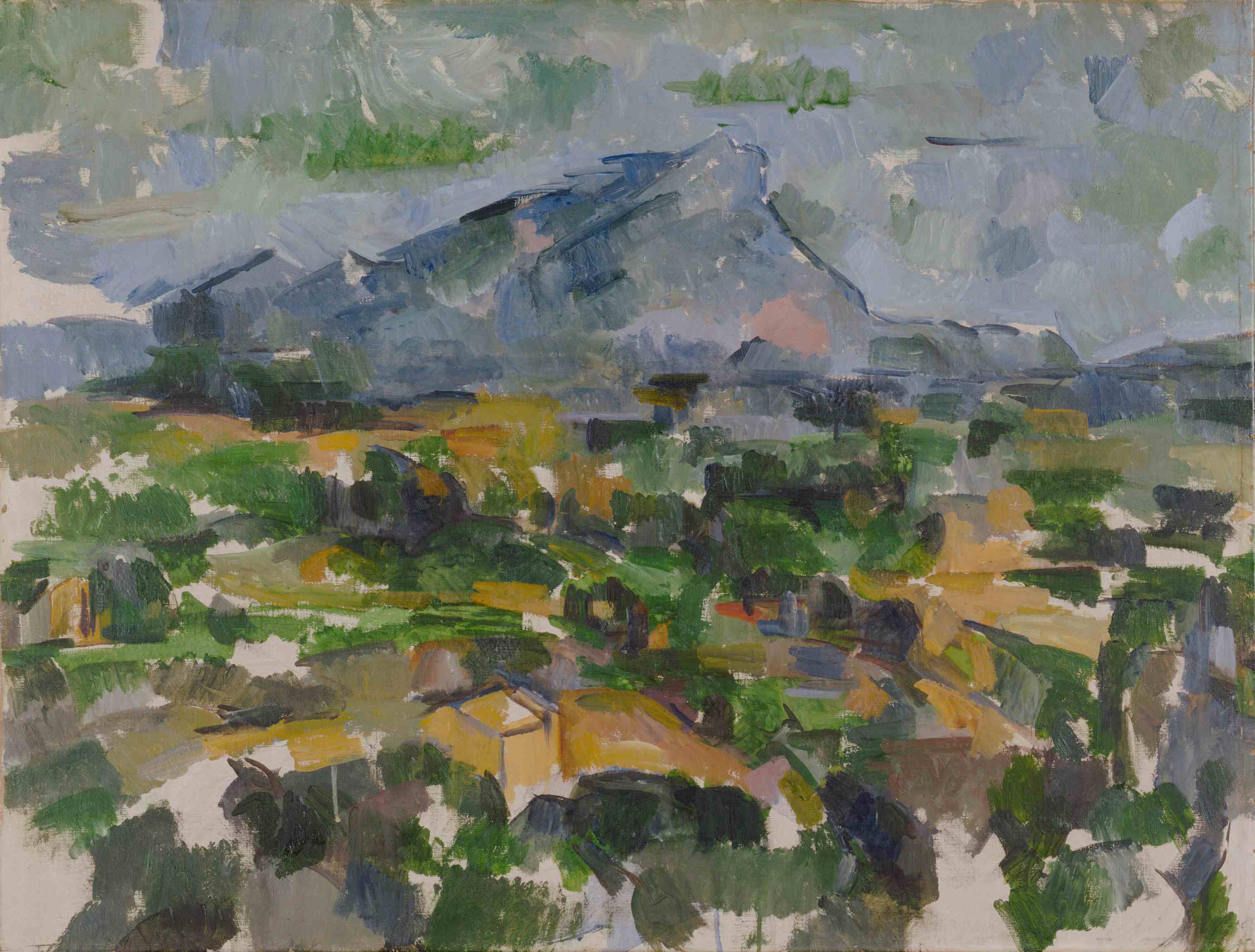
Culture
21:27, 01-Nov-2017
Dual exhibitions lift lid on plundered Nazi-era art hoard
CGTN

Portions of a spectacular art collection hoarded by the son of a Nazi-era dealer will be shown for the first time since World War II in parallel exhibitions in Switzerland and Germany starting Thursday.
"Gurlitt: Status Report", which displays around 450 works by masters including Monet, Cezanne, Renoir and Picasso, aims to shed a light on the systematic looting of Jewish collections under Adolf Hitler.
The works in the two exhibitions, which run in Bern and the German city of Bonn until March, are just a small fraction of the more than 1,500 pieces discovered in 2012 in the possession of Cornelius Gurlitt.
His father, Hildebrand Gurlitt, worked as an art dealer for the Nazis from 1938.
The discovery of the stash made headlines around the world and revived an emotional debate about how thoroughly postwar Germany had dealt with art plundered by the Nazi regime.

Detail from the painting Seated Woman, which an expert said had barely been touched since Matisse painted it. /Getty Images
Detail from the painting Seated Woman, which an expert said had barely been touched since Matisse painted it. /Getty Images
"At last it is out of hiding," the German weekly Die Zeit said about the collection, noting that "for the first time it will be possible to view what many have spoken and written about in the past few years, without being able to see it so far."
The show, split between the two museums, is the result of years of disputed research into Gurlitt's collection, which was discovered in the course of a tax probe.
Inspectors found the works in Gurlitt's Salzburg home and his cluttered Munich apartment, many in poor condition, unframed and moldy.
"With these two exhibitions, we wish to pay homage to the people who became victims of the National Socialist art theft, as well as the artists who were defamed and persecuted by the regime as 'degenerate,'" Rein Wolfs and Nina Zimmer, directors of the Kunsthalle Bonn and the Kunstmuseum Bern respectively, said in a statement.
Legal tangles

Gurlitt, who died in 2014 at the age of 81, was described in the press as a recluse who lived off of the sale of his collection, valued at millions of euros.
The exhibition in Bern will focus on modern works which were classified by the Nazis as "Degenerate Art" in 1937 and confiscated for sale abroad.
In Bonn, the show will present art that was looted from victims of the Nazi regime and works whose provenance has not yet been established.
The exhibits themselves have prompted difficult legal tangles.
When Gurlitt died he left more than 1,500 artworks to the Bern museum.
It accepted the collection, though it left about 500 works in Germany so that a government task force could research their often murky origins.
But work to determine where they came from has been slow, and it is not yet clear how many were stolen.
Researchers have definitively identified just six works of art as looted from Jewish owners.

La Montagne Sainte Victoire by Paul Cezanne /Société Paul Cezanne Photo
La Montagne Sainte Victoire by Paul Cezanne /Société Paul Cezanne Photo
Cezanne behind a cupboard
Four, including Max Liebermann's "Riders on the Beach" and Henri Matisse's "Seated Woman", have now been returned to their rightful heirs.
And last week, the German Lost Art Foundation said it had identified a painting by Thomas Couture as belonging to French Jewish politician and resistance leader, Georges Mandel.
Other families have also tried to lay claim to works.
Relatives of Paul Cezanne have asked for the return of "La Montagne Sainte Victoire," a painting found in Gurlitt's Salzburg house behind a cupboard.
"It is not yet clear how the work came into Hildebrand Gurlitt's possession," Marcel Bruelhart, vice president of the Kunstmuseum Bern foundation, told the Frankfurter Allgemeine Zeitung.
One of Gurlitt's cousins also contested the donation of works to the Bern Museum, claiming that Gurlitt had not been of sound mind when he wrote his will.
Her appeal was thrown out by a German court last December, clearing the way for the current exhibitions.
Source(s): AFP

SITEMAP
Copyright © 2018 CGTN. Beijing ICP prepared NO.16065310-3
Copyright © 2018 CGTN. Beijing ICP prepared NO.16065310-3